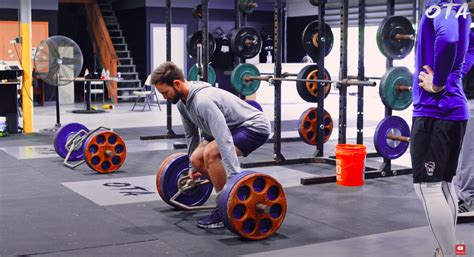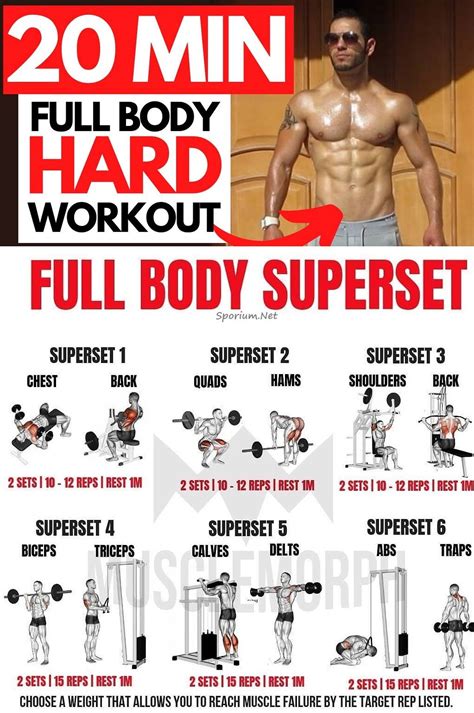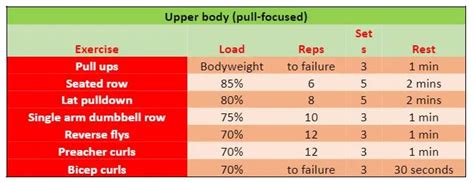Optimize training for peak strength & hypertrophy with limited gym time?

The Time Crunch: Achieving Peak Results with Less
In today’s fast-paced world, finding ample time for the gym can feel like an Olympic feat itself. Many aspire to build impressive strength and noticeable hypertrophy but are constantly battling the clock. The good news is that a lack of time doesn’t have to mean a lack of results. With intelligent planning and a strategic approach, you can still make significant progress towards your strength and muscle-building goals, even if you only have a few hours a week to dedicate to training.
The key lies in maximizing efficiency, prioritizing the most effective exercises, and understanding how to stimulate growth and adaptation in shorter bursts. This article will equip you with the principles and practical tips to optimize your training for peak strength and hypertrophy, transforming your limited gym time into a powerful asset.

Foundation First: Compound Movements and Progressive Overload
When time is scarce, every minute counts. This makes compound movements your absolute best friend. Exercises like squats, deadlifts, bench presses, overhead presses, and rows engage multiple muscle groups simultaneously, providing more bang for your buck than isolation exercises. They allow you to lift heavier loads, which is crucial for both strength development and initiating the hypertrophy response across a wider range of muscles.
Equally critical is the principle of progressive overload. This means consistently challenging your muscles by gradually increasing the weight, repetitions, sets, or decreasing rest times over time. Without progressive overload, your muscles have no reason to adapt and grow stronger or larger. Focus on tracking your lifts and aiming to do a little bit better each session, whether it’s an extra rep, a small weight increase, or improving your form under load.

Smart Programming: Full-Body or Targeted Splits
For individuals with limited gym time (e.g., 2-3 sessions per week), a full-body workout approach is often superior. Training each major muscle group multiple times per week (with adequate recovery in between) has been shown to be highly effective for both strength and hypertrophy. A typical full-body session might involve one compound lower body exercise, one compound upper body push, one compound upper body pull, and possibly one or two accessory movements.
If you have slightly more time, say 3-4 days a week, an Upper/Lower split can also be highly effective. This allows for slightly more volume per muscle group per session while still hitting each group twice a week. The key is to ensure that whatever split you choose allows for sufficient recovery while maintaining a high frequency of muscle stimulation.

Intensity & Efficiency: Maximizing Every Minute
To get the most out of shorter workouts, you need to elevate your intensity and efficiency. Techniques like supersets (performing two exercises back-to-back with minimal rest), giant sets (three or more exercises back-to-back), drop sets (reducing weight immediately after reaching failure), and rest-pause training (briefly resting after a set to squeeze out more reps) can significantly increase the total work done in a shorter period. These methods elevate your heart rate, boost metabolic stress (a key driver of hypertrophy), and reduce overall workout duration.
Minimize distractions and unnecessary rest. While adequate rest between heavy sets of compound lifts is crucial for strength, look for opportunities to be more efficient. For example, pair an upper body push with a lower body exercise (non-competing muscle groups) in a superset to save time without compromising performance on the primary lift.

Beyond the Gym: Nutrition, Recovery, and Consistency
Your efforts in the gym, no matter how optimized, will be wasted without proper support outside of it. Prioritize nutrition by ensuring adequate protein intake (around 1.6-2.2g per kg of body weight) to support muscle repair and growth. Don’t neglect carbohydrates for energy and fats for hormonal health. Hydration is also paramount.
Recovery, especially sleep, is where your muscles truly grow and repair. Aim for 7-9 hours of quality sleep per night. When time is tight, recovery becomes even more critical because your body is under more stress from intense, time-compressed workouts. Finally, consistency trumps perfection. Sticking to your plan regularly, even if it’s just two intense sessions a week, will yield far greater results than sporadic, longer workouts.

Crafting Your Optimized Plan
Optimizing training for peak strength and hypertrophy with limited gym time is absolutely achievable. It requires a shift in mindset from quantity to quality, prioritizing compound movements, embracing progressive overload, and intelligently incorporating intensity techniques. Remember to support your hard work with diligent nutrition and ample recovery.
By focusing on these core principles, you can carve out a highly effective training regimen that fits your busy schedule, allowing you to build the strength and physique you desire without needing to live in the gym. Commit to the process, track your progress, and celebrate the fact that smart training truly beats long training.








